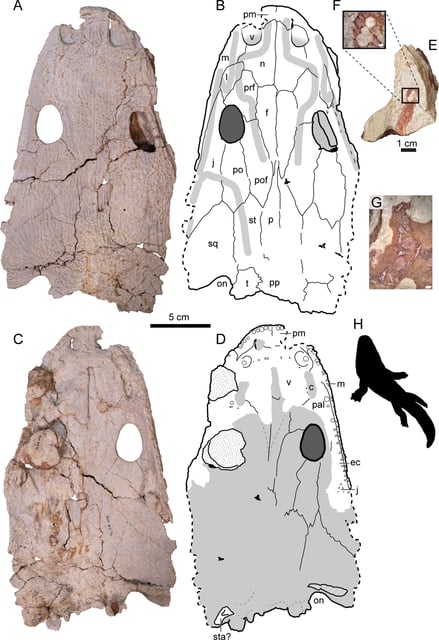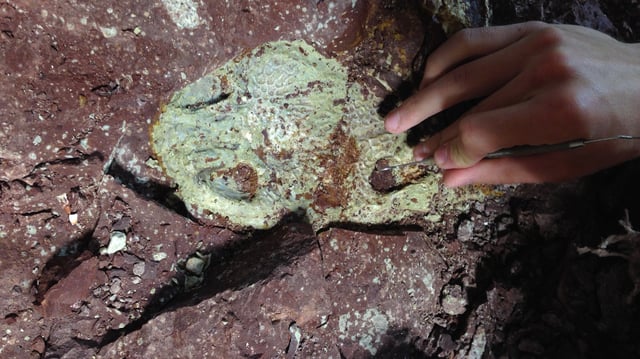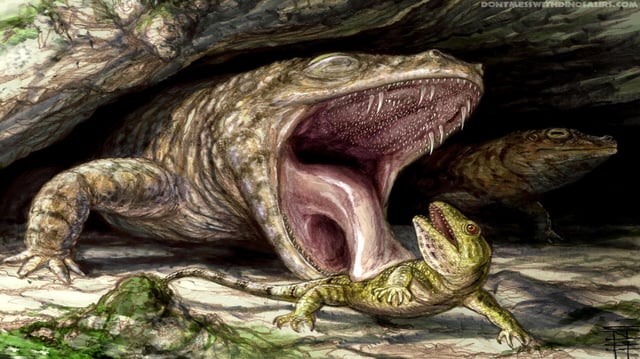Overview
- Palaeontologists have discovered a mass mortality site in Nobby Knob, Wyoming, containing fossils of at least 19 Buettnererpeton bakeri, a species of alligator-sized amphibians from the Late Triassic.
- The fossils, preserved in fine-grained sediments on a calm floodplain, show minimal post-mortem disturbance, offering an exceptionally well-preserved snapshot of a single population.
- Researchers suggest the amphibians may have gathered at the site due to breeding or environmental stress, such as drought, before their mass death approximately 230 million years ago.
- The Nobby Knob site accounts for more than half of all known Buettnererpeton bakeri specimens, making it a critical resource for studying this species and broader Late Triassic ecosystems.
- The study, published in PLOS One, highlights the need for further research into temnospondyl mass mortality events and burial patterns, as well as their ecological and evolutionary significance.


